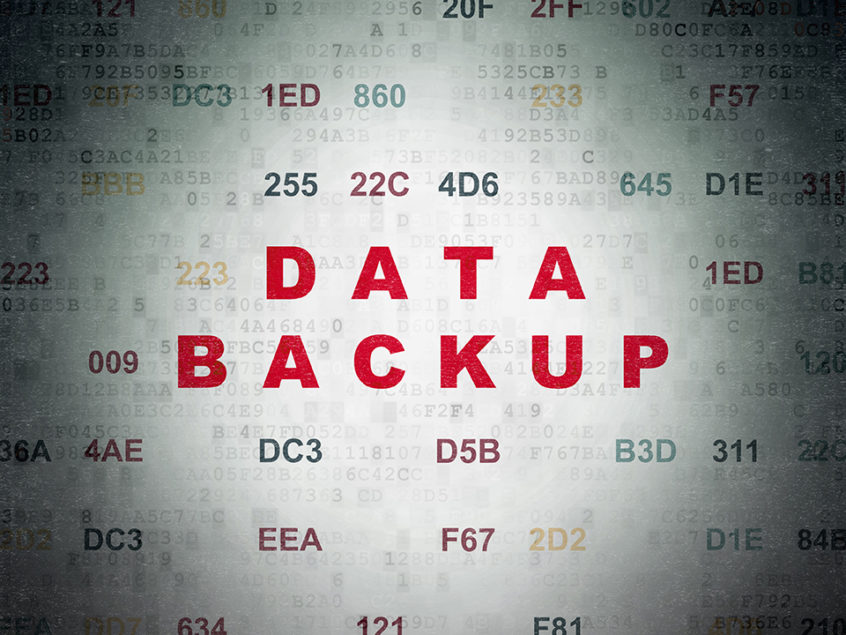If you’re confused about the difference between backup versus redundancy when it comes to data archiving, let us clear it up for you.
Backup and redundancy are two very different aspects of data archiving. Both can be helpful and useful, but both are not always necessary.
Understanding Redundancy
Redundancy, in the English language means, “to be repetitive, overlapping, and therefore superfluous.” In tech-talk, however, redundancy is a very useful tool in which data is stored in two places so that if one portion fails, it can still be used or read by supplementing from another location.
Sometimes, redundancy is misunderstood and is considered to be the same as backup, but it is quite different. To break it down into everyday lingo, think of redundancy as the rubber donut tire in your trunk, which can be used in the case of a flat. This is not a backup tire, but it is there when you need it should your tire fail. Another analogy is that redundancy is the second bag, when you double bag your groceries. If the first bag tears, the second bag is there to catch it.
Understanding Backup
Backup is exactly what it sounds like. It is a store of backup information, which can be accessed in the event that the original information becomes useless or damaged. It is a duplicate copy, normally stored in a separate location, which will replace the first copy when needed.
When putting the term backup into everyday lingo with the flat tire concept, you can think of the backup as a replica tire of the one that has popped, which you keep at home. Rather than rolling around on the spare, you have a perfect copy of the broken tire, which can replace the first. In the shopping example, rather than a double bag in case of a tear, the backup would be an entire new bag of the exact same groceries as the first. If the bag tears and if you lose your ingredients, you have an exact replica to have and use instead.
Comparing the Two for Data Archiving Purposes
The art of data archiving is meant to store data for future use in an organized and accessible way. Data archiving can be as secure or unsecure as you make it, but it should function in a way that allows you to recall files and programs at will.
Redundancy for archiving isn’t a long-term solution. It works well enough as a fail safe for a file that might lose bits and pieces over time. However, it’s not a secure, second copy of a file you want to keep forever. A backup, on the other hand, is a duplicate of a file that can be stored in a secondary location during data archiving. This can then be used at a later time to access the information if the first copy went missing or was erased.
For more information on data archiving and tools for the purposes of hard drive storage, continue browsing our blog for more details.
